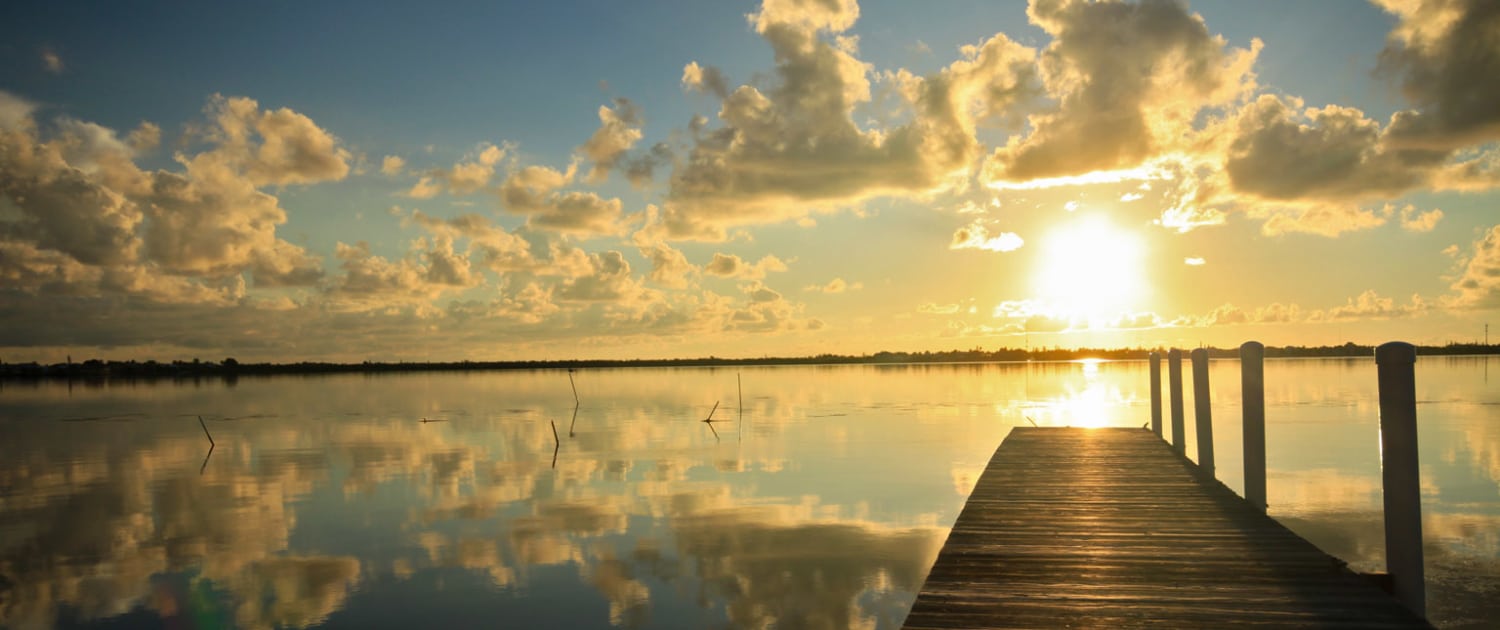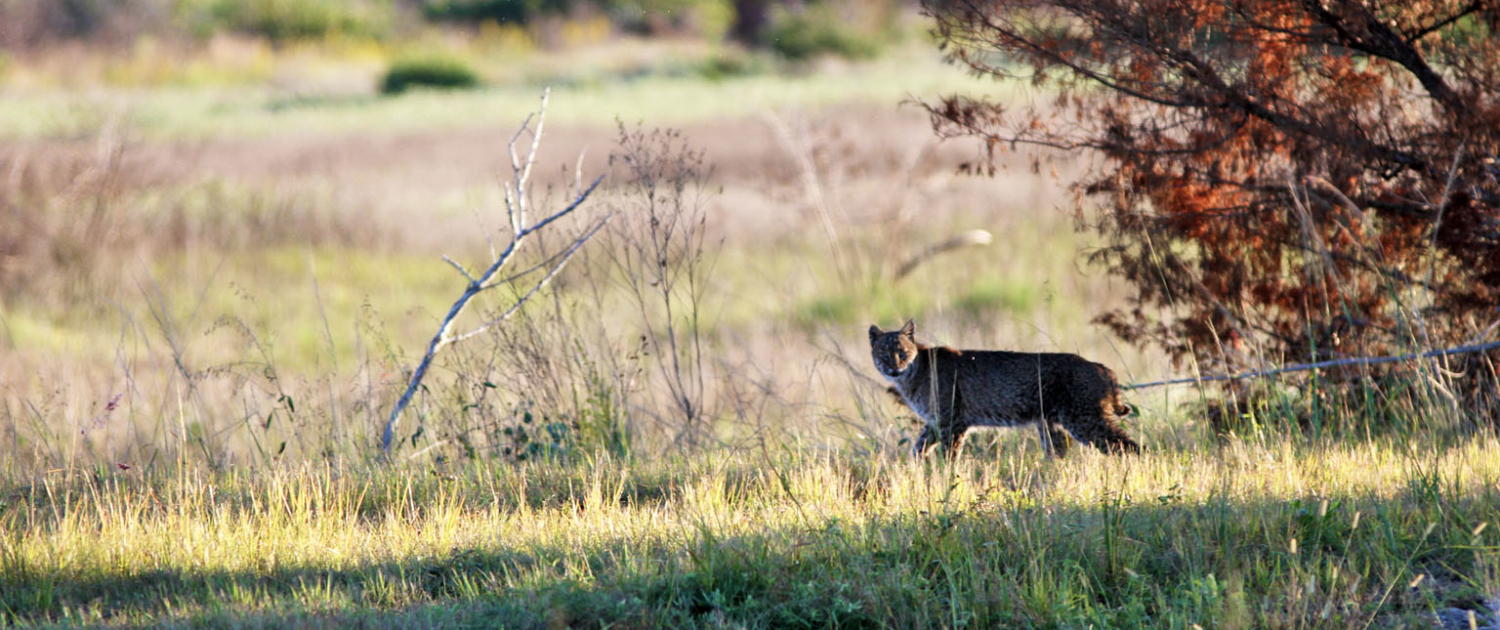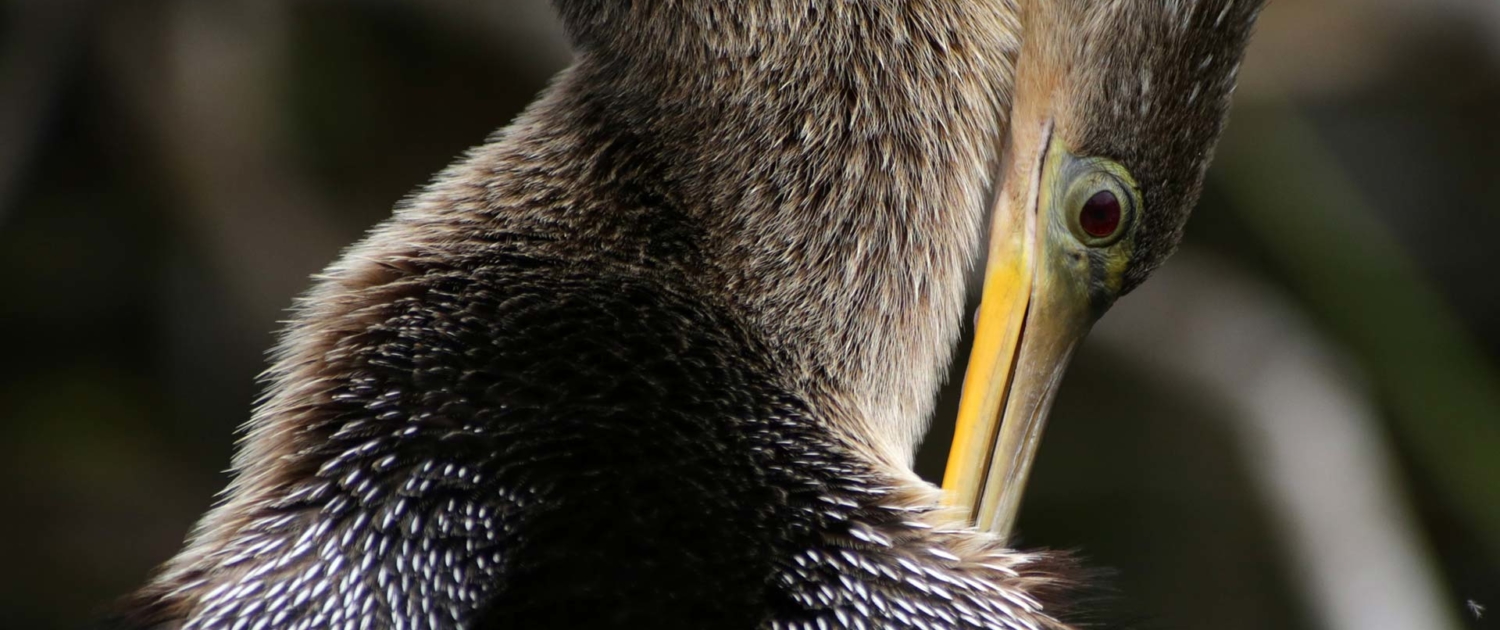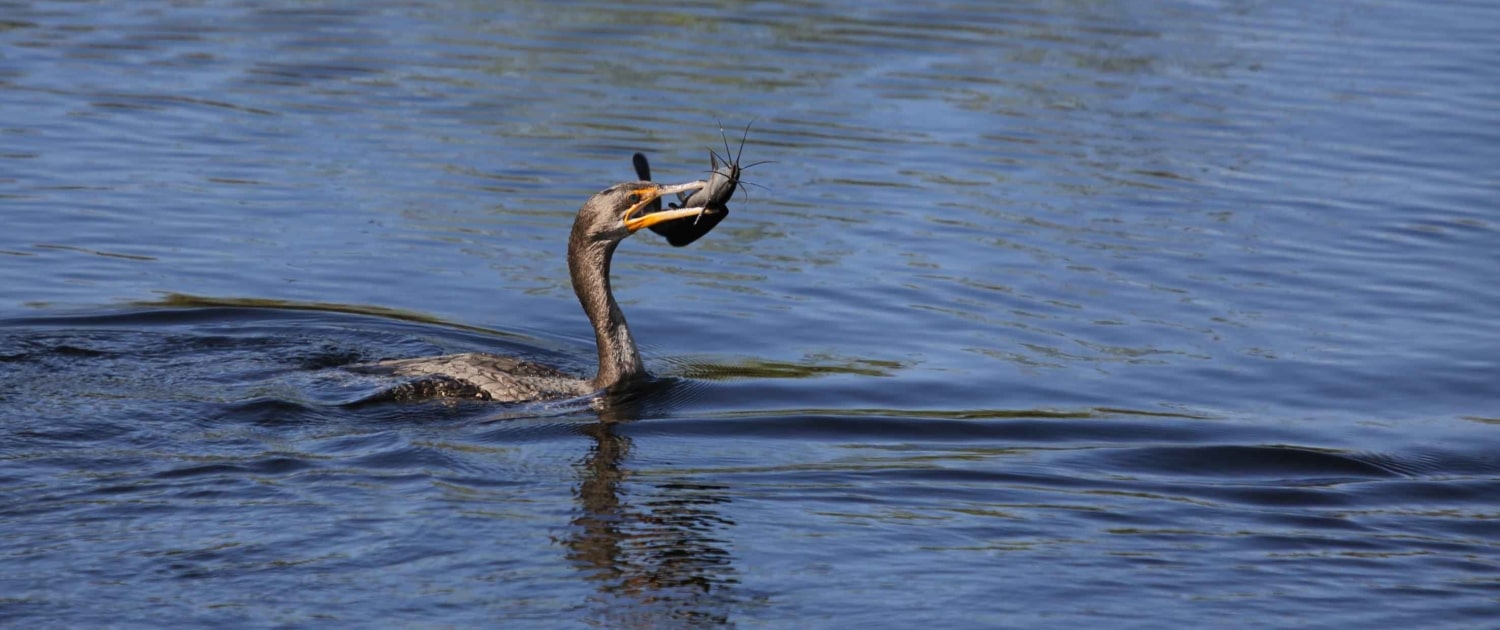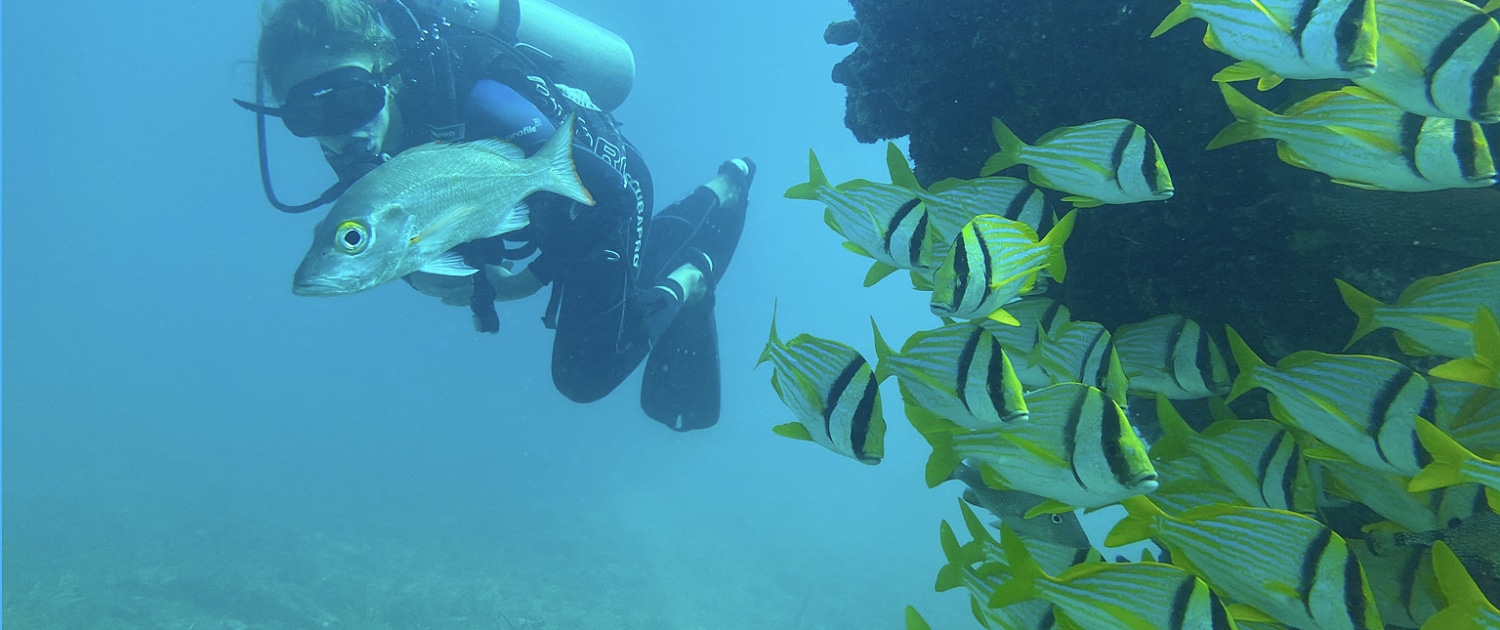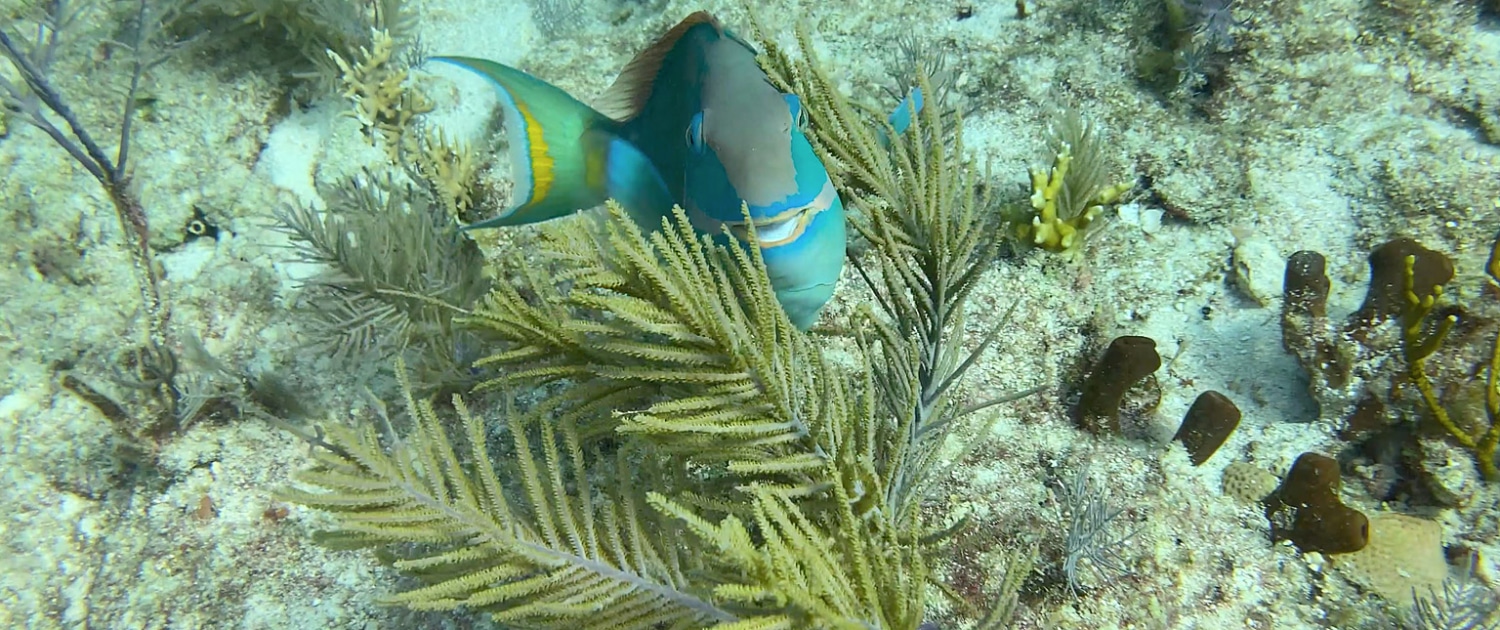Let the Sunshine in
This field trip is your ticket to Florida’s natural treasures and lets you experience the wonders of nature up close.
We experience the wonders of Florida on an unforgettable excursion through the Everglades and the Florida Keys. We observe a colorful variety of bird species, impressive alligators and rare American crocodiles in their natural environment in the “river of grass”. We dive/snorkel into the underwater world with turtles, lobsters, peaceful nurse sharks, rays and numerous other fish species on a snorkeling/diving trip in the marine protected area of the Florida Keys.
The second part takes us to the Orlando region. Gentle manatees up close are a very special experience. We go look for bald eagles, caracaras, roseate spoonbills and bobcats. Bobcats are the smallest of all lynx species. A visit to Disney’s Animal Kingdom offers us insights into global conservation and breeding projects and the tasks of modern zoos.
Andreas, our expert guide, has been leading field trips in Florida for over 20 years and will take care of you throughout the trip. He shares his insider knowledge about the region’s nature and wildlife with you, takes you to the most exciting and beautiful places and, of course, completely safely through the wilderness.
Come with us on this adventure and let yourself be enchanted by the beauty of the Sunshine State.
We look forward to seeing you.

